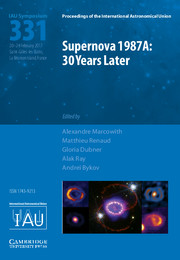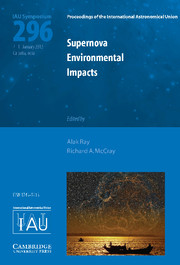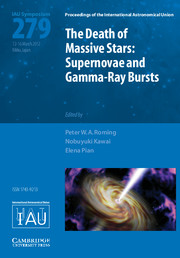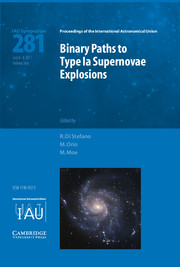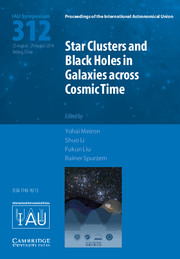Supernova 1987A: 30 Years Later (IAU S331)
The cataclysmic stellar explosion Supernova 1987A, visible to the naked eye, was the nearest and brightest supernova witnessed since the invention of the telescope four centuries ago. This volume deals with supernovae and their remnants, in terms of exceptional phenomena that produce and release high-energy nuclei and particles. Marking the thirtieth anniversary of SN 1987A, the proceedings of IAU Symposium 331 introduce the accumulating knowledge on these central sources in many active fields of investigation: stellar evolution and the diversity of supernova progenitors and their properties, explosive nucleosynthesis and particle acceleration in the most extreme environments known to physics, and the long-standing issues about the origins of heavy nuclei in the Universe and of cosmic rays. Through its interdisciplinary approach, this volume also sheds light on the open issues related to these topics and emphasizes topics of future interest with upcoming multi-wavelength and multi-messenger facilities.
- The endpoints of massive star evolution, supernovae, along with their remnants, are pivotal objects of interest in many active fields of research
- Supernova 1987A provides a pivotal case study enabling significant progress in many fundamental topics in modern astrophysics
- Emphasizes the link between the stellar progenitors and the multi-wavelength and multi-messenger manifestation of their aftermaths in terms of extreme sources of high-energy particles and nuclei
Product details
November 2017Hardback
9781107192553
374 pages
255 × 179 × 19 mm
0.75kg
Available
Table of Contents
- 1. Massive stars as supernova progenitors
- 2. Supernova explosion mechanisms
- 3. Supernovae as stellar explosive outcomes
- 4. Supernova outcomes and impacts
- 5. Particle acceleration and origin of cosmic rays
- 6. SN 1987A, 30 years later
- 7. Multi-wavelength/-messenger data on supernovae and supernova remnants.

